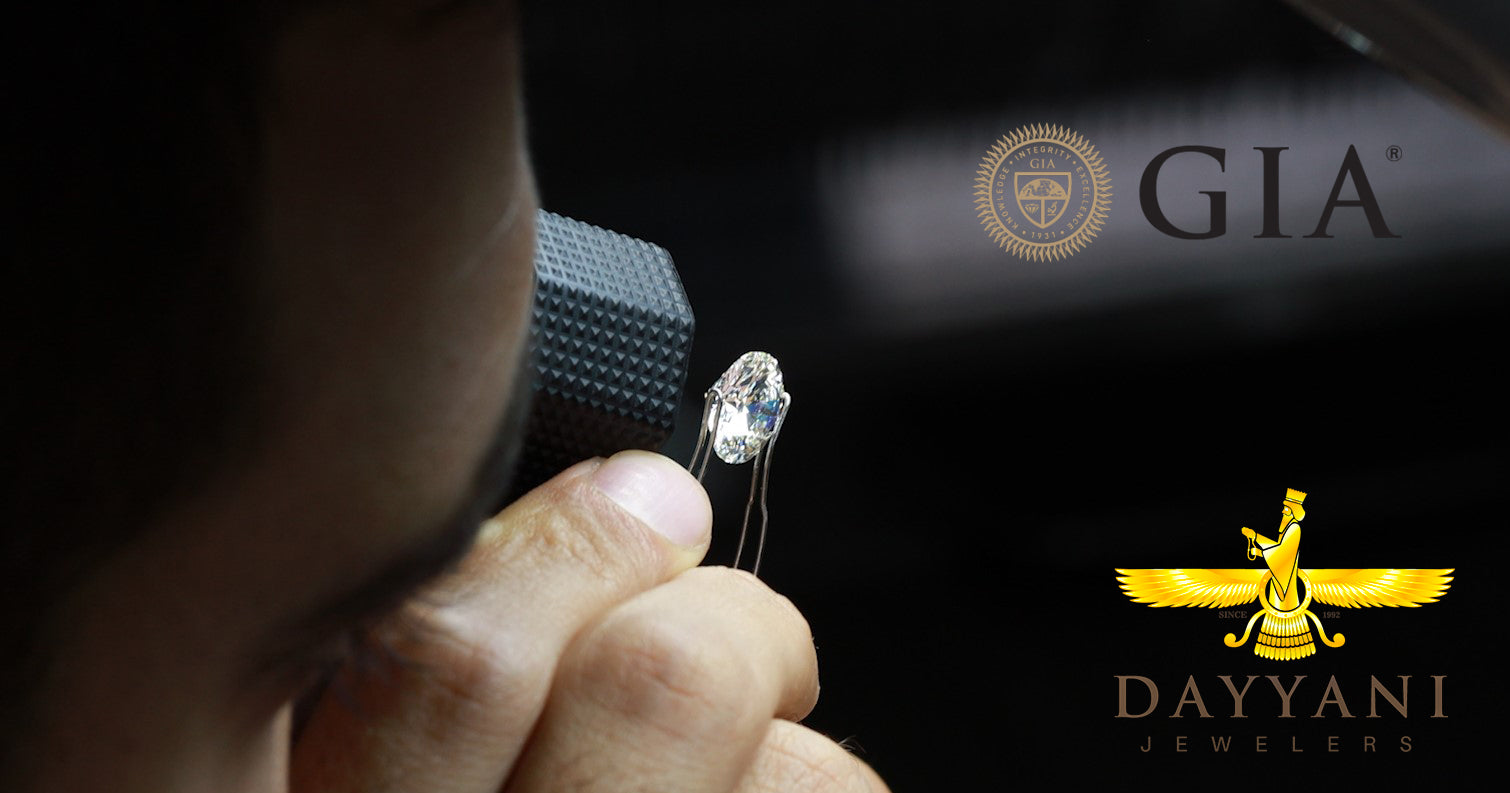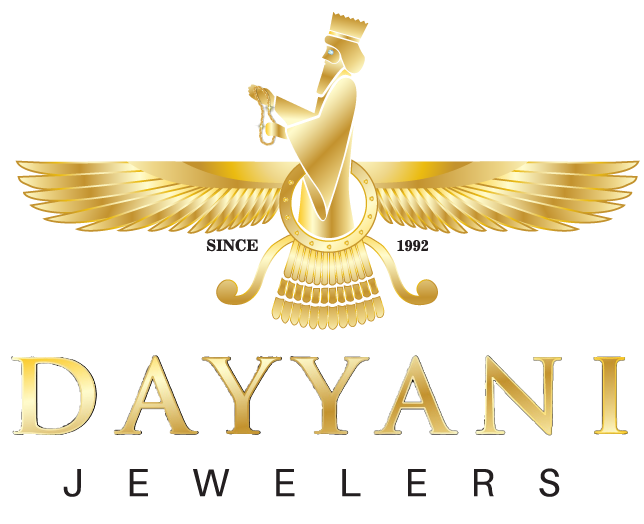Article: Diamond 4 C's

Diamond 4 C's
Carat, Cut, Color, Clarity = 4C’s
As a GIA certified jewelry company, it's important to educate your customers about the importance of diamond quality and the 4Cs, which are carat weight, cut, color, and clarity. Understanding these factors is essential when choosing a diamond, as they can greatly impact the value and overall appearance of the stone.
Carat Weight
Carat weight refers to the weight of the diamond and is measured in metric carats. One carat equals 0.2 grams, and the weight of a diamond can greatly impact its value. Larger diamonds are typically more expensive than smaller ones, but it's important to note that carat weight alone does not determine a diamond's value.
Cut
The cut of a diamond refers to its proportions, symmetry, and polish. A well-cut diamond will reflect light in a way that maximizes its brilliance, fire, and scintillation, while a poorly cut diamond will appear dull and lifeless. The cut is arguably the most important factor when it comes to the overall appearance of a diamond, and it's crucial to choose a diamond with an excellent cut.
Color
Diamond color is graded on a scale from D (colorless) to Z (yellow or brown). The less color a diamond has, the more valuable it is. However, diamonds that are graded J or lower may have a slight yellow tint, which some people may prefer.
Clarity
Diamond clarity refers to the presence of inclusions and blemishes within the stone. Inclusions are internal flaws, while blemishes are external flaws. A diamond with fewer inclusions and blemishes is considered to be of higher quality and therefore more valuable. It's important to note that while the 4Cs are important, they are not the only factors to consider when choosing a diamond. Other factors such as fluorescence, certification, and shape should also be taken into account.
Unfortunately, not all jewelry companies take the time to educate their customers about the 4Cs and the importance of diamond quality. This can lead to customers purchasing diamonds that are of lower quality than they anticipated or paying more than they should for a diamond that is not up to par. As a GIA certified jewelry company, it's your responsibility to educate your customers and help them make informed decisions when it comes to choosing a diamond.
